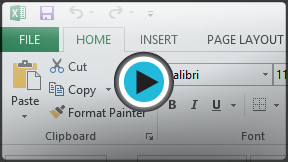Excel 2013
Getting Started with Excel
Introduction
Excel 2013 is a spreadsheet program that allows you to store, organize, and analyze information. While you may think that Excel is only used by certain people to process complicated data, anyone can learn how to take advantage of Excel's powerful features. Whether you're keeping a budget, organizing a training log, or creating an invoice, Excel makes it easy to work with different kinds of data.
Getting to know Excel 2013
Excel 2013 is similar to Excel 2010. If you've previously used Excel 2010, Excel 2013 should feel very familiar. But if you are new to Excel, or if you have more experience with older versions, you should first take some time to become familiar with the Excel 2013 interface.
The Excel interface
When you open Excel 2013 for the first time, the Excel Start Screen will appear. From here, you'll be able to create a new workbook, choose a template, and access your recently edited workbooks.
- From the Excel Start Screen, locate and select Blank workbook to access the Excel interface.
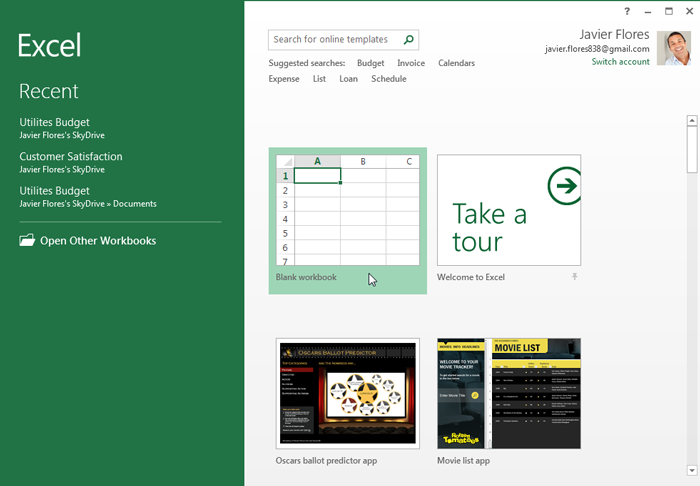 The Excel Start Screen
The Excel Start Screen
Click the buttons in the interactive below to become familiar with the Excel 2013 interface.
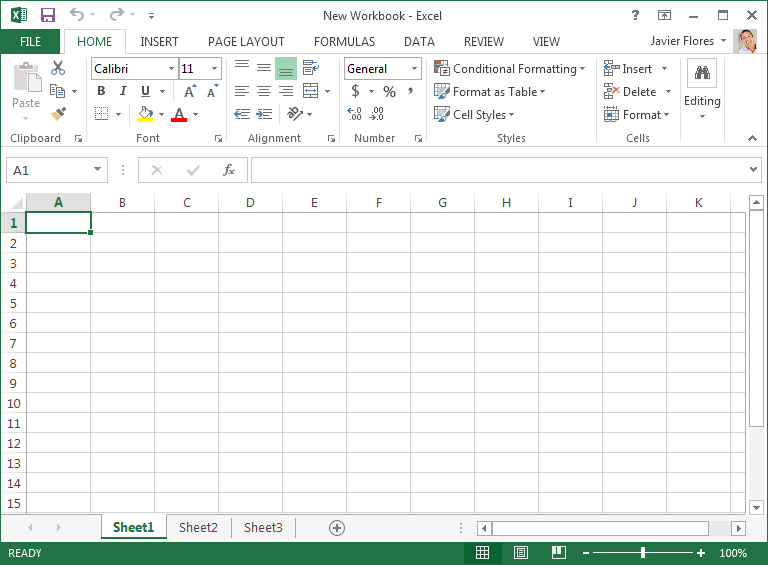
Command Group
Each group contains a series of different commands. Simply click any command to apply it. Some groups also have an arrow in the bottom-right corner, which you can click to see even more commands.

The Ribbon
The Ribbon contains all the commands you will need to perform common tasks in Excel. It has multiple tabs, each with several groups of commands.
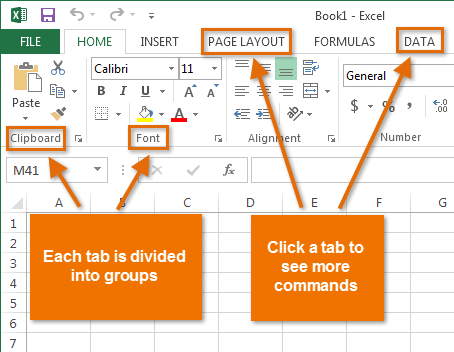
Microsoft Account
From here, you can access your Microsoft account information, view your profile, and switch accounts.
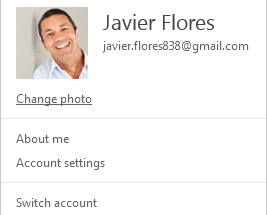
Formula Bar
In the formula bar, you can enter or edit data, a formula, or a function that will appear in a specific cell.
In the image below, cell C1 is selected and 1984 is entered into the formula bar. Note how the data appears in both the formula bar and in cell C1.

Quick Access Toolbar
The Quick Access Toolbar lets you access common commands no matter which tab is selected.
By default, it includes the Save, Undo, and Repeat commands. You can add other commands depending on your preference.
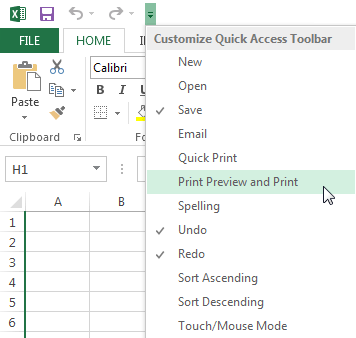
Row
A row is a group of cells that runs from the left of the page to the right. In Excel, rows are identified by numbers. Row 10 is selected in the image below.

Column
A column is a group of cells that runs from the top of the page to the bottom. In Excel, columns are identified by letters. Column H is selected in the image below.
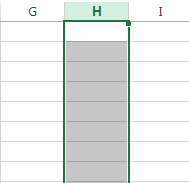
Name Box
The Name box displays the location, or "name" of a selected cell.
In the image below, cell B4 is selected. Note that cell B4 is where column B and row 4 intersect.
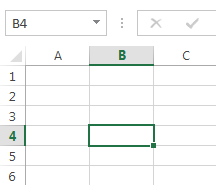
Vertical and Horizontal Scroll Bars
Your spreadsheet may frequently have more data than you can see on the screen at once. Click, hold and drag the vertical or horizontal scroll bar depending on what part of the page you want to see.
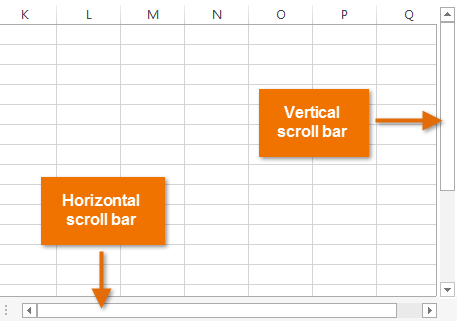
Zoom Control
Click and drag the slider to use the Zoom control. The number to the right of the slider reflects the zoom percentage.
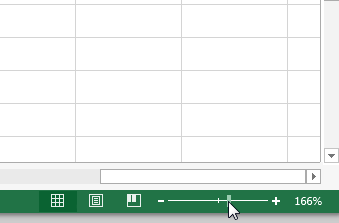
Worksheet View Options
There are three ways to view a worksheet. Simply click to select the desired view:
• Normal view is selected by default, and shows you an unlimited number of cells and columns.
• Page Layout view divides your spreadsheet into pages.
• Page Break view lets you see an overview of your worksheet, which is especially helpful when adding page breaks.
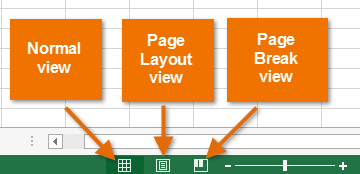
Worksheets
Excel files are called workbooks. Each workbook holds one or more worksheets (also known as "spreadsheets").
One worksheet will appear by default when you open an Excel workbook. It's easy to rename, add and delete worksheets.
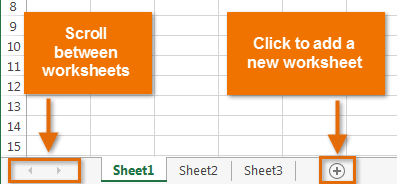
Cell
Each rectangle in a workbook is called a cell.
A cell is the intersection of a row and a column.
Simply click to select a cell. Cell B3 is selected in this example.




